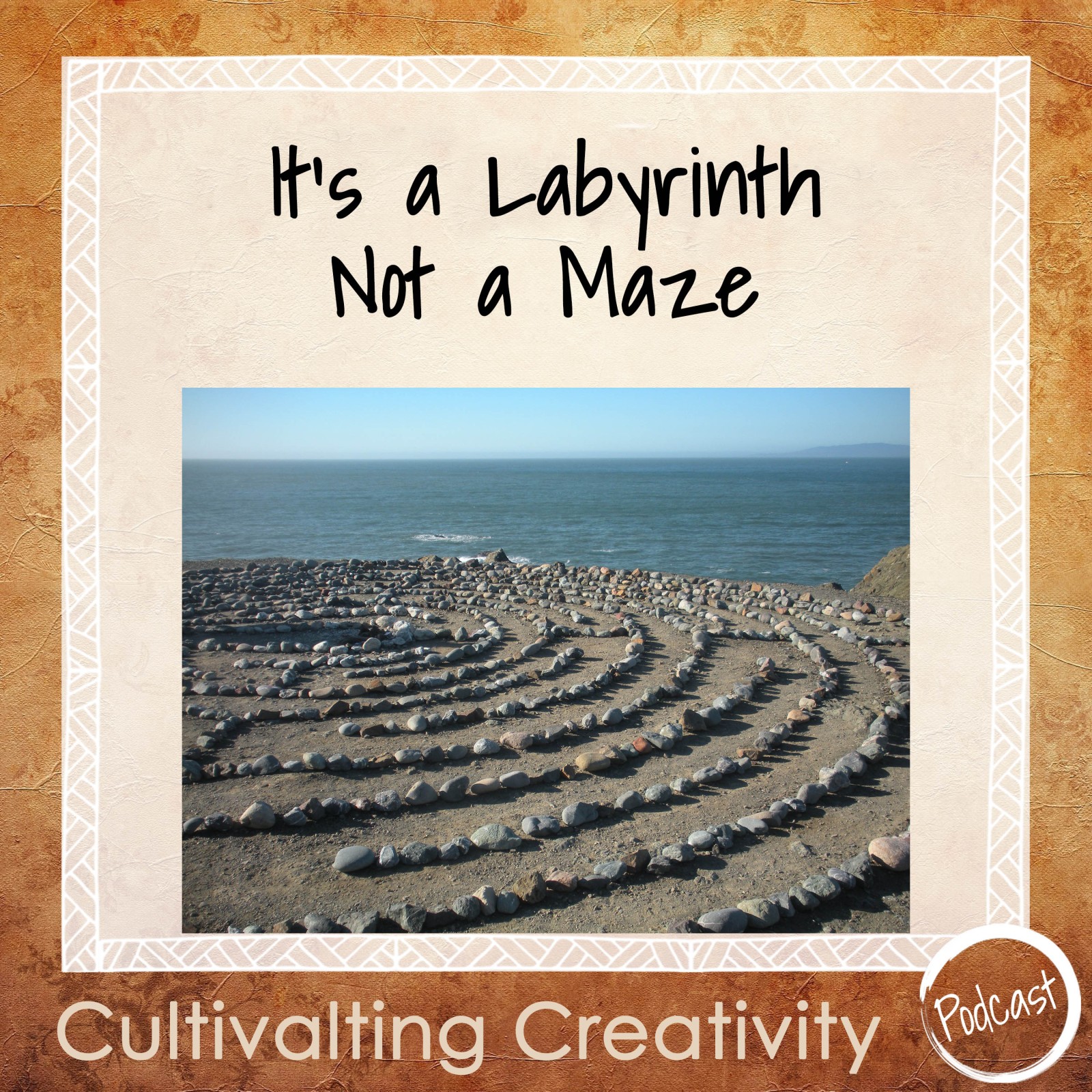
Show Notes
Summary:
Do you know the difference? A labyrinth has a single path, and if you keep going you will reach the goal. A maze has one right way but is also full of dead-ends and roadblocks and its easy to get lost. In this episode I talk about the art process as a labyrinth and not a maze. And how this perspective can be game-changing when you feel lost in the process.
created by a human
Episode Transcription:
[00:00:00] Welcome I'm Kristi Backman. This is my podcast, Cultivating Creativity. It's about helping you build your creative life. Giving creatives a way to make space for artistic growth through the insights for the mind of an artist, instructor and art coach about the creative process and living that crazy creative life.
[00:00:27] In this episode, I talk about the art process from a perspective of an analogy that the process is a labyrinth and not a maze. I talk about the differences between the two constructs and how this concept is helpful when you feel lost in the process.
[00:00:45] I'd like you to consider and imagine the challenges along your artistic journey as a labyrinth instead of amaze. While, these terms are often used interchangeably, they are in fact, very different animals. The intention of amaze is to confuse you while the intention of a labyrinth is to bring clarity.
[00:01:06] A maze is a confusing network of paths, including several branches and dead ends. While a labyrinth is a single continuous pathway that has twists and turns, which will eventually lead you to the center. In a labyrinth, if you continue along your path, you will reach the center. You will reach your goal. There you can find your solution. And then you exit along the same path. The entry point is also the exit point. I find this a helpful analogy as there is no failure in a labyrinth, you must simply continue. This concept is so important for both the learning and the creative processes.
[00:01:45] While the journey may circle back and seem to cross the same ground. You know that you are advancing and must keep moving forward. There are times where you feel so close. But your process leads you further away. Just know that if you keep going, you'll get there. A maze is more frustrating. You have dead ends, which create blocks. You can go down wrong directions, which seem like a waste of time and energy. It's a construct that delights in trying to confuse and misguide you. Whereas a labyrinth will lead you to the solution, if not directly.
[00:02:19] The most important way to approach and artistic challenge is with forward momentum. Each solution you try that does not work is simply a step along the path that's leading you to the solution you want. However, if you think that you failed and you stop, then you have. Failure is feedback and feedback is essential for both growth and problem solving. No one said making art was going to be easy.
[00:02:47] Another distinction is that a maze is a puzzle to solve. And the whole focus is on finding the right path to the destination. This creates a sense of right and wrong. Giving positive and negative labels to your experiments, which adds pressure and anxiety.
[00:03:03] Whereas the labyrinth is more focused on the entirety of the journey. The labyrinth is often used as a form of meditation or spiritual practice. It's a fascinating construct that can be seen in both Western and non-Western cultures throughout history, as well as today. With the focus on the journey, there is not a rush to the finish.
[00:03:24] It's more about observing the path as you travel. Allowing you to learn along the way, there's no right or wrong. There is only the journey. One last thing to note about a labyrinth, is that what you find in the center may surprise you. Be open to that experience. Sometimes when we face a challenge and begin this process of searching for a solution, we have a strong idea of what the answer ‘should be.’ And half of the challenge is being open to the possible solutions.
[00:03:56] If you've ever walked a labyrinth, you know, that it is a powerful experience, and you could have not predicted the feeling you had once you reached the center. I often feel the same way after working through a challenge in my studio.
[00:04:10] This may sound like a lot of fluffy nonsense, but artists are visual people. And having this visual construct in your mind maybe just the motivation you need to work through a challenge you're facing in your art, or your art practice. It validates the time spent working towards a solution. It gives us confidence to know that if we keep going, we will experience the journey and arrive at our destination.
[00:04:36] I hope you found this helpful. As a visual person, this is something I imagined when I get stuck. Try it and see if it works for you! If you enjoyed this episode, subscribe to my podcast leave a review and follow me on Instagram, until next time!

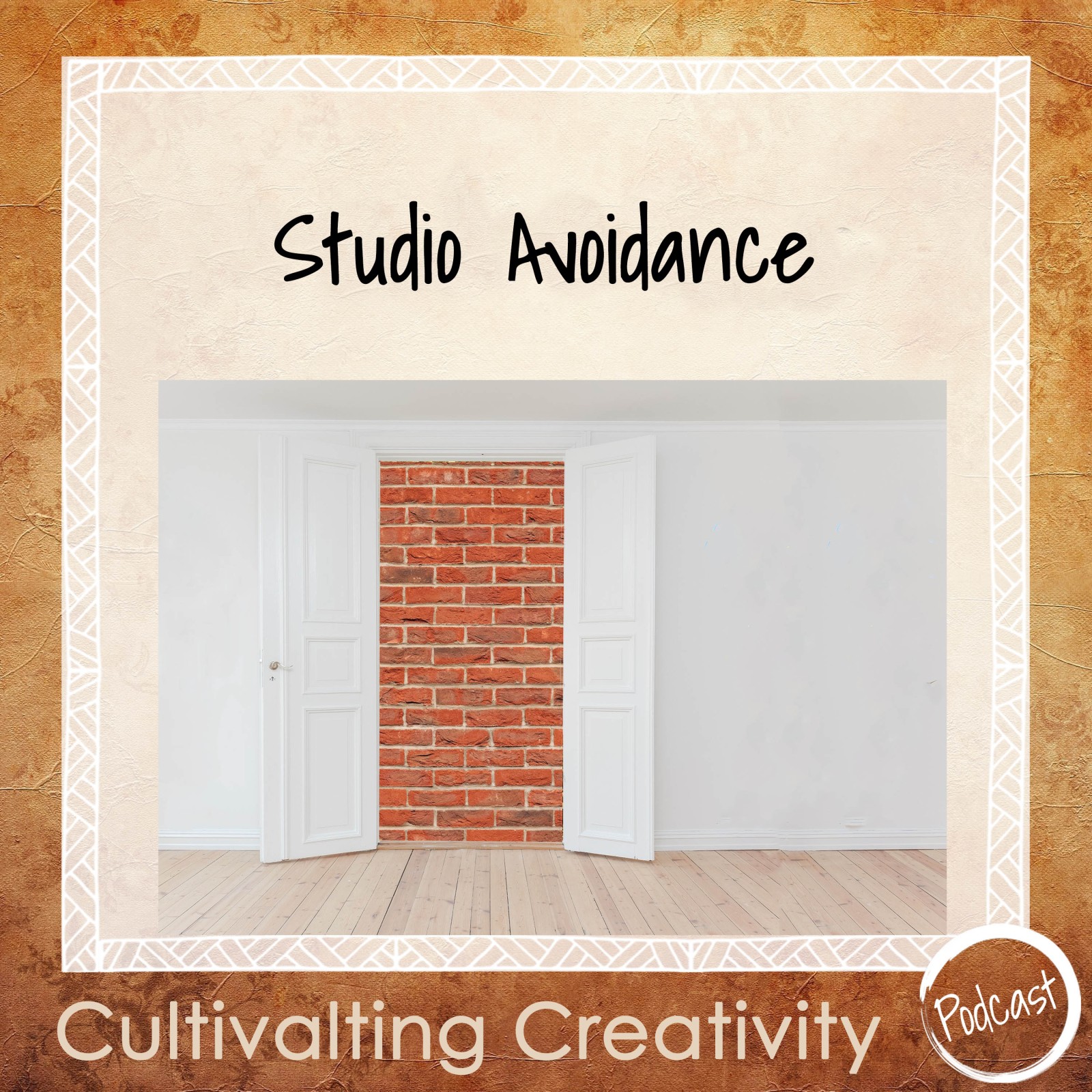
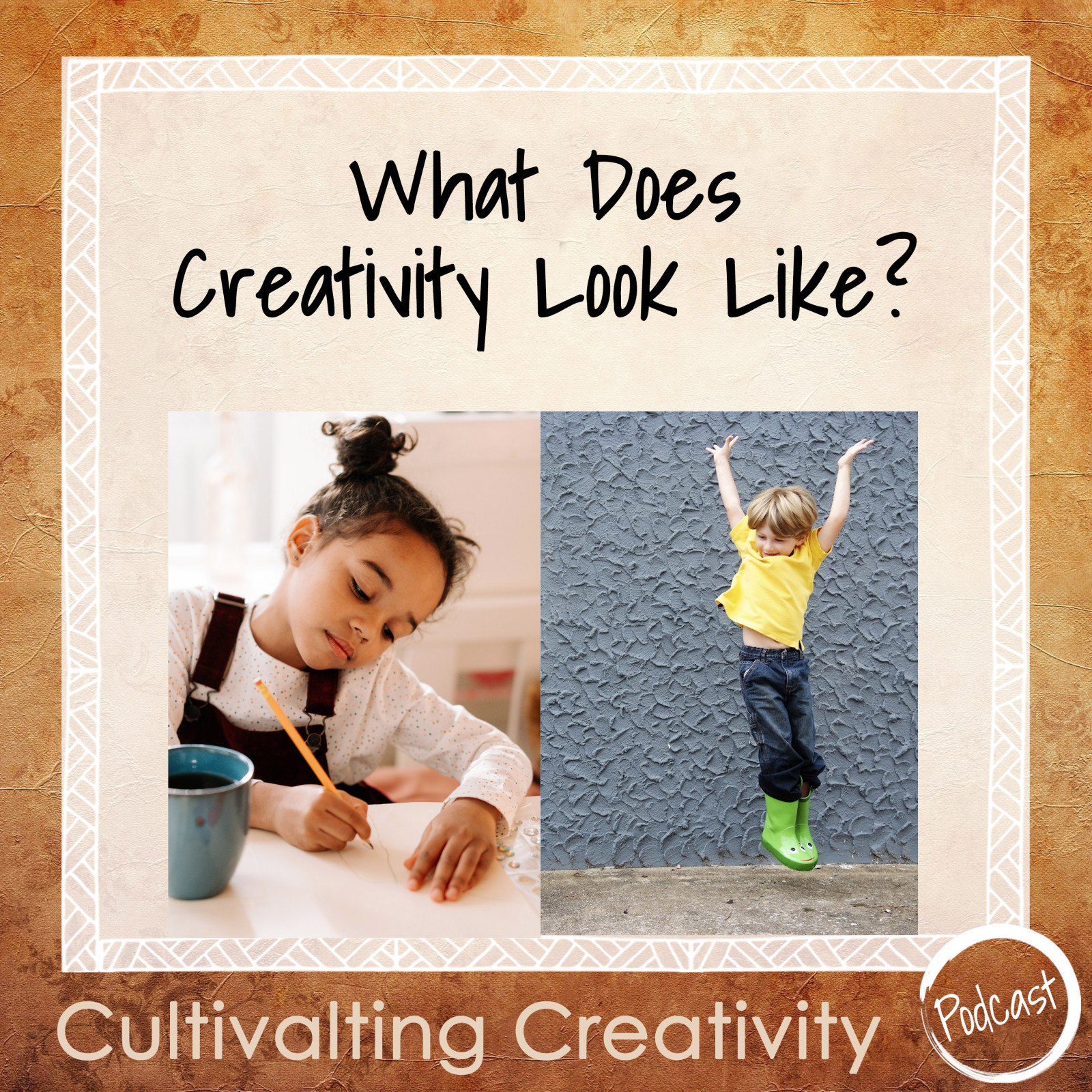

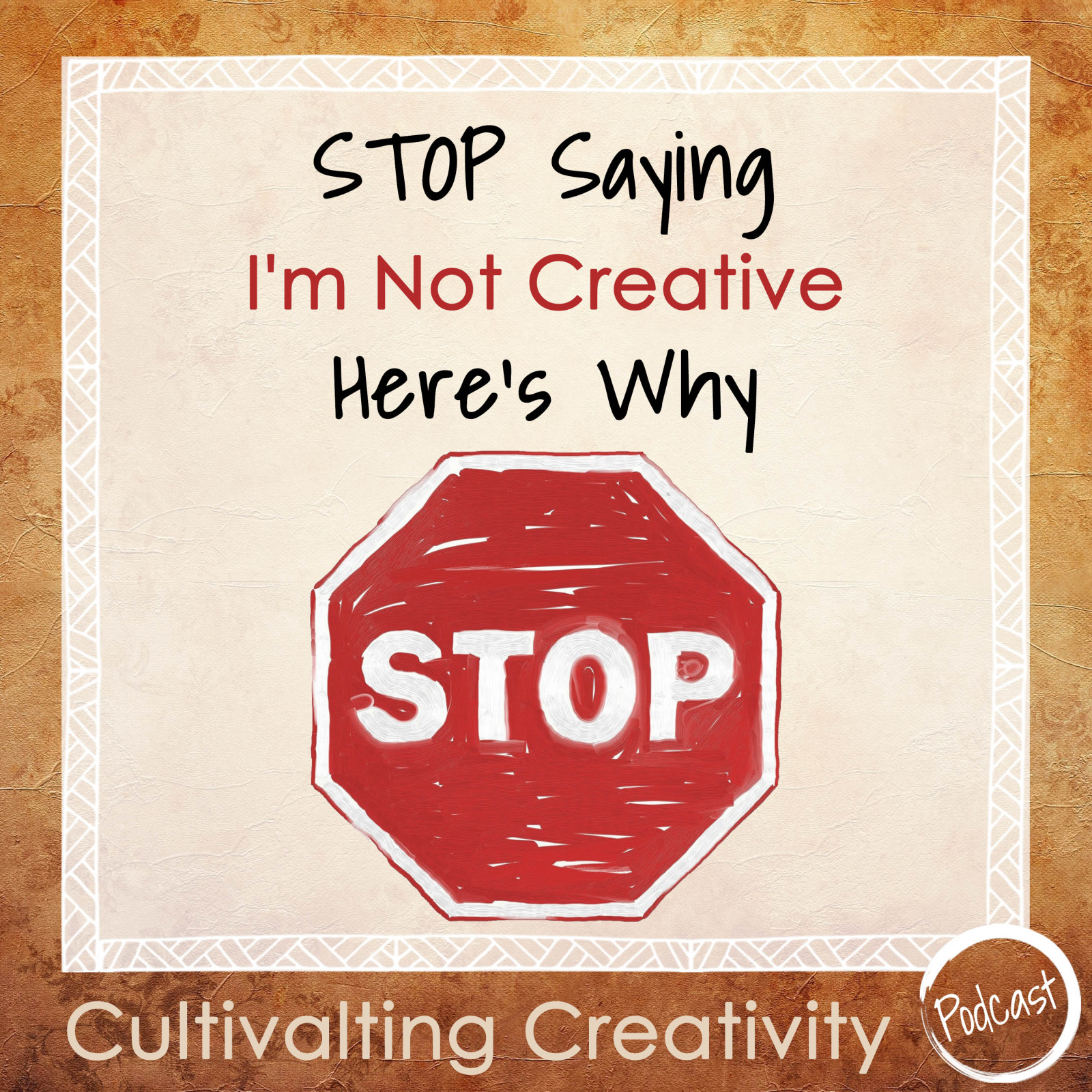
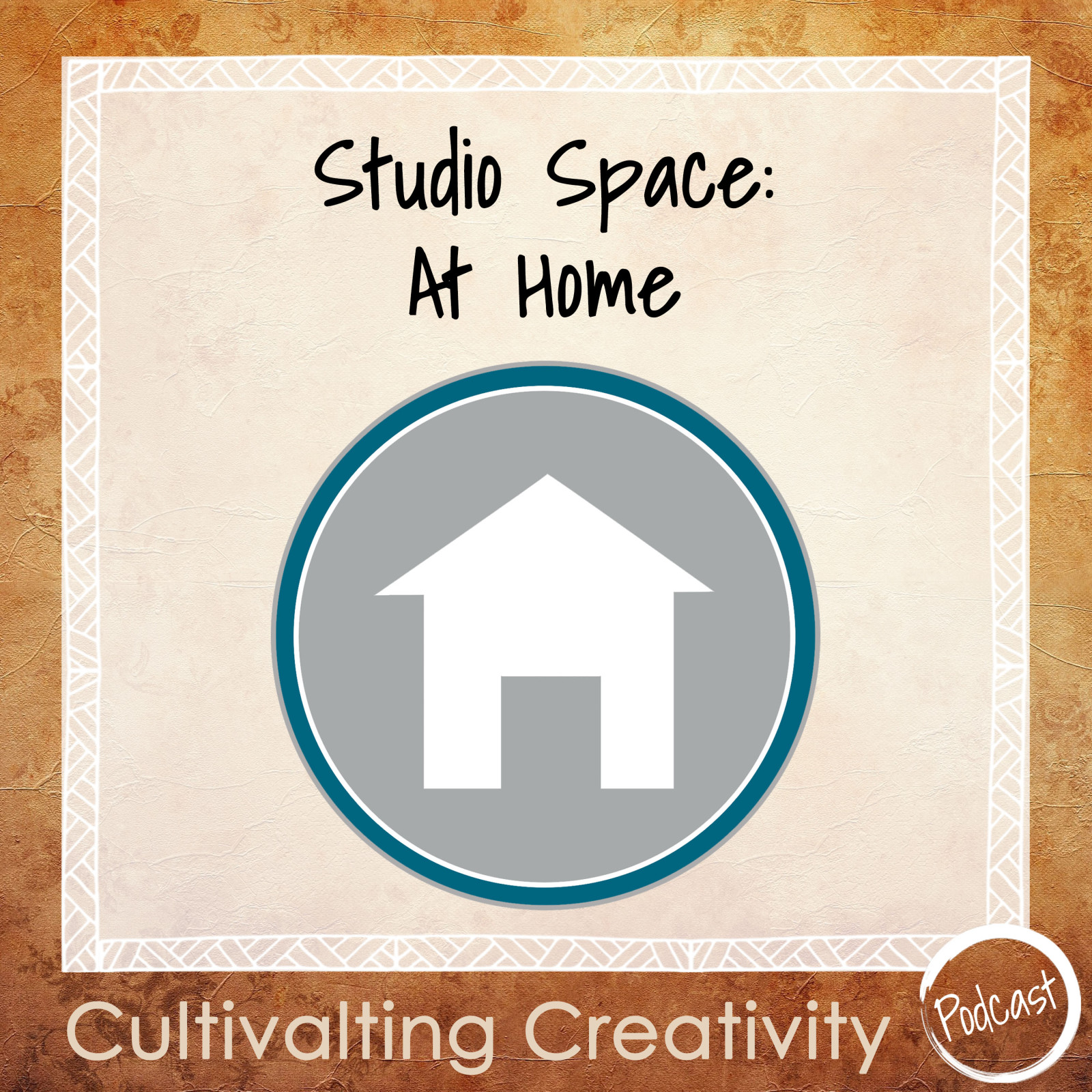

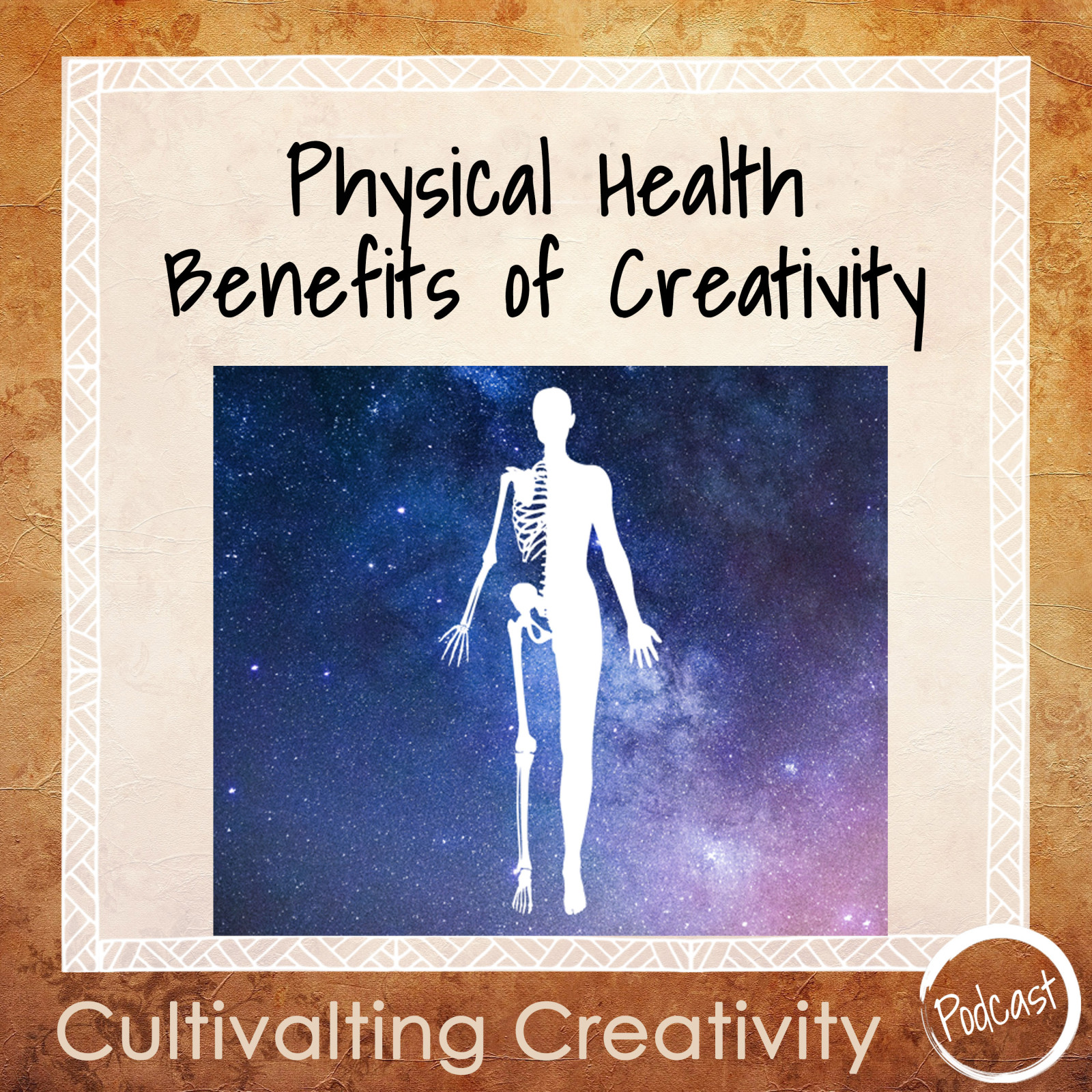
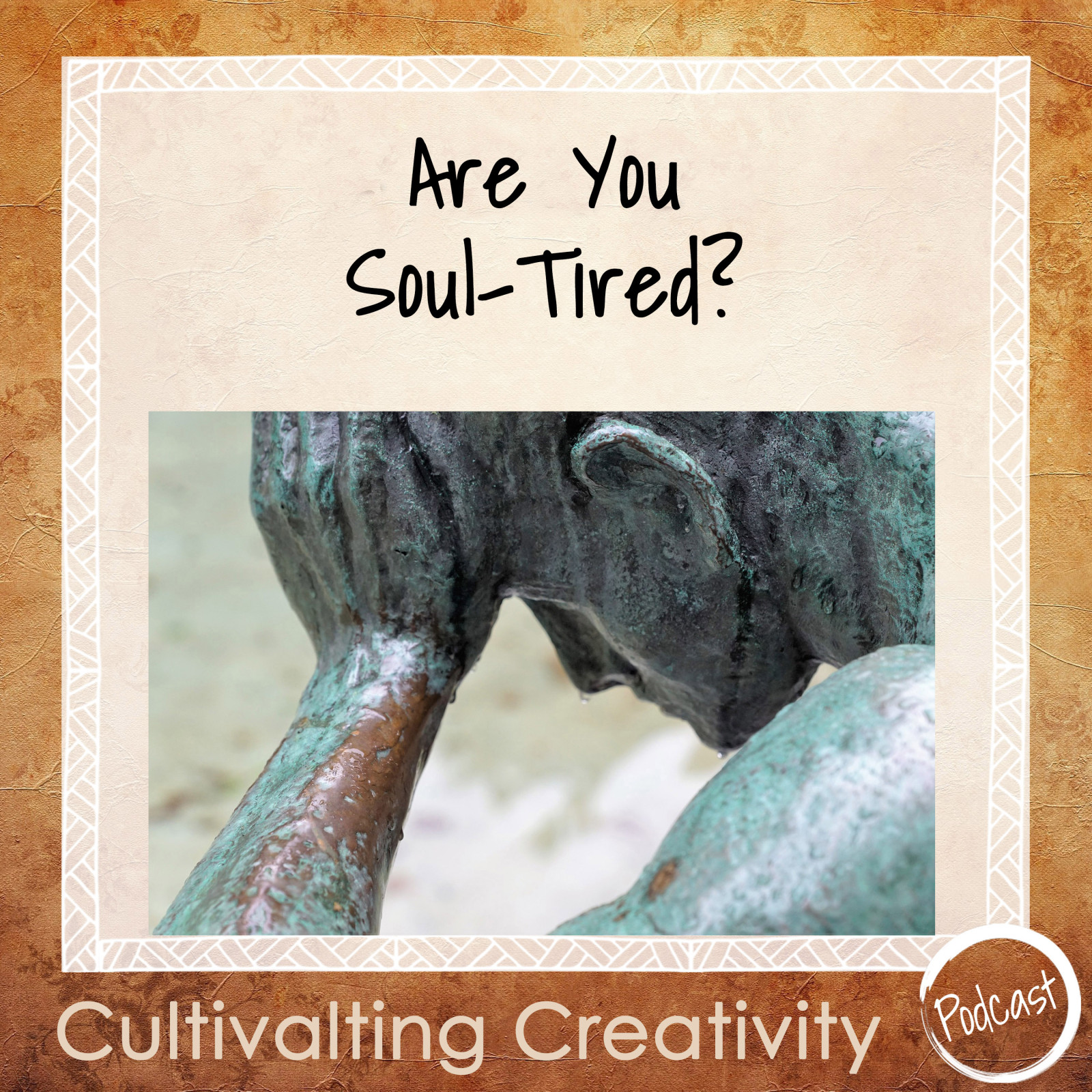
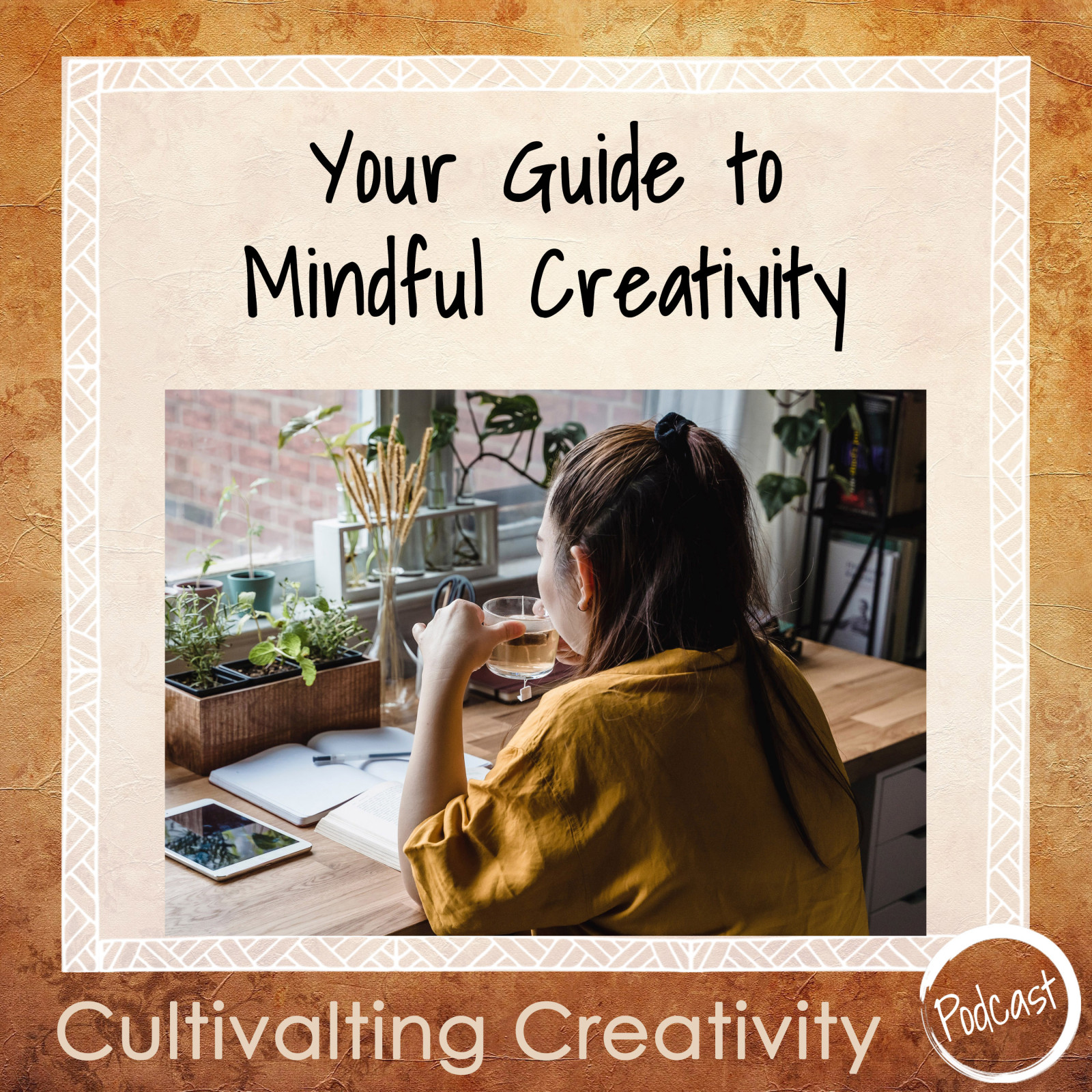
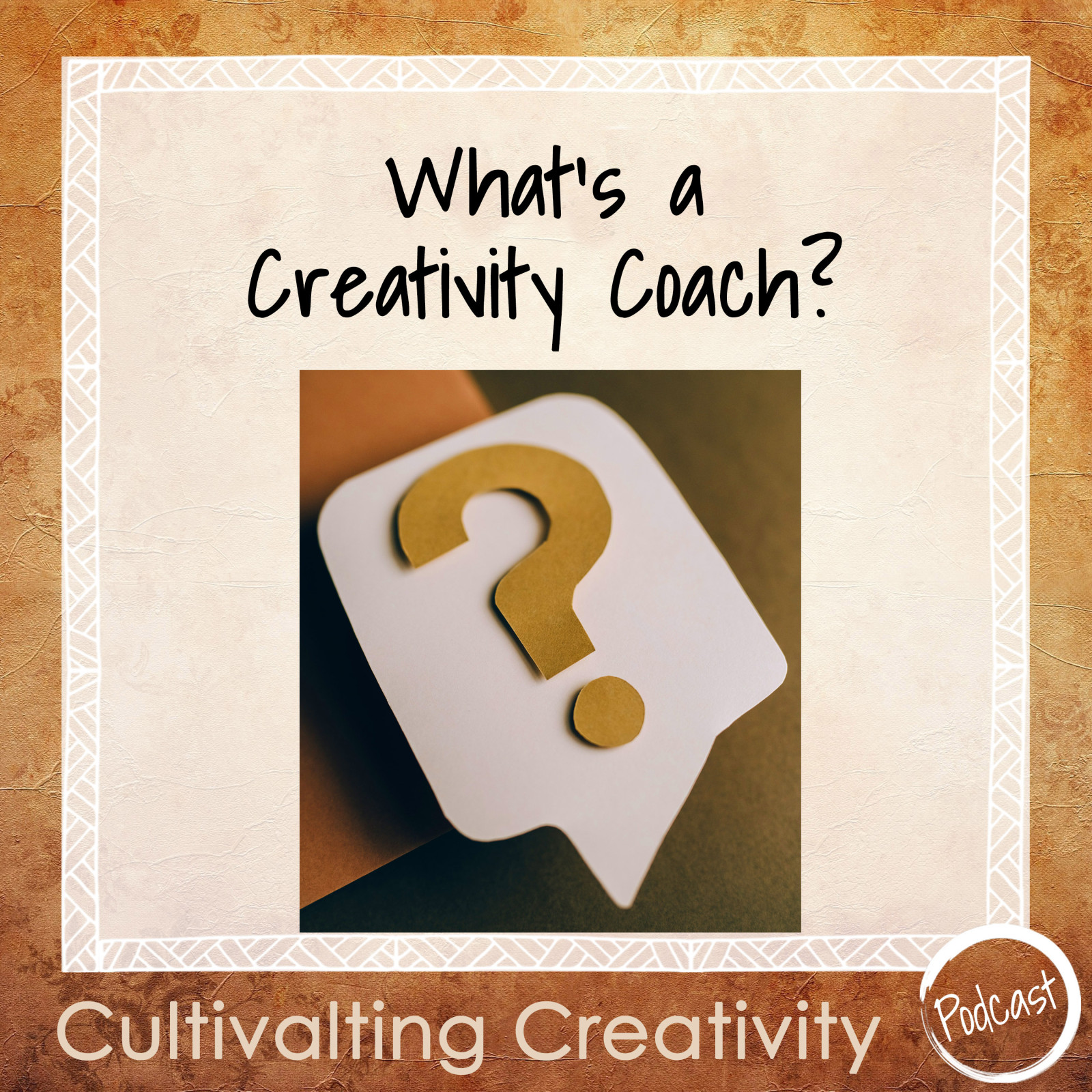
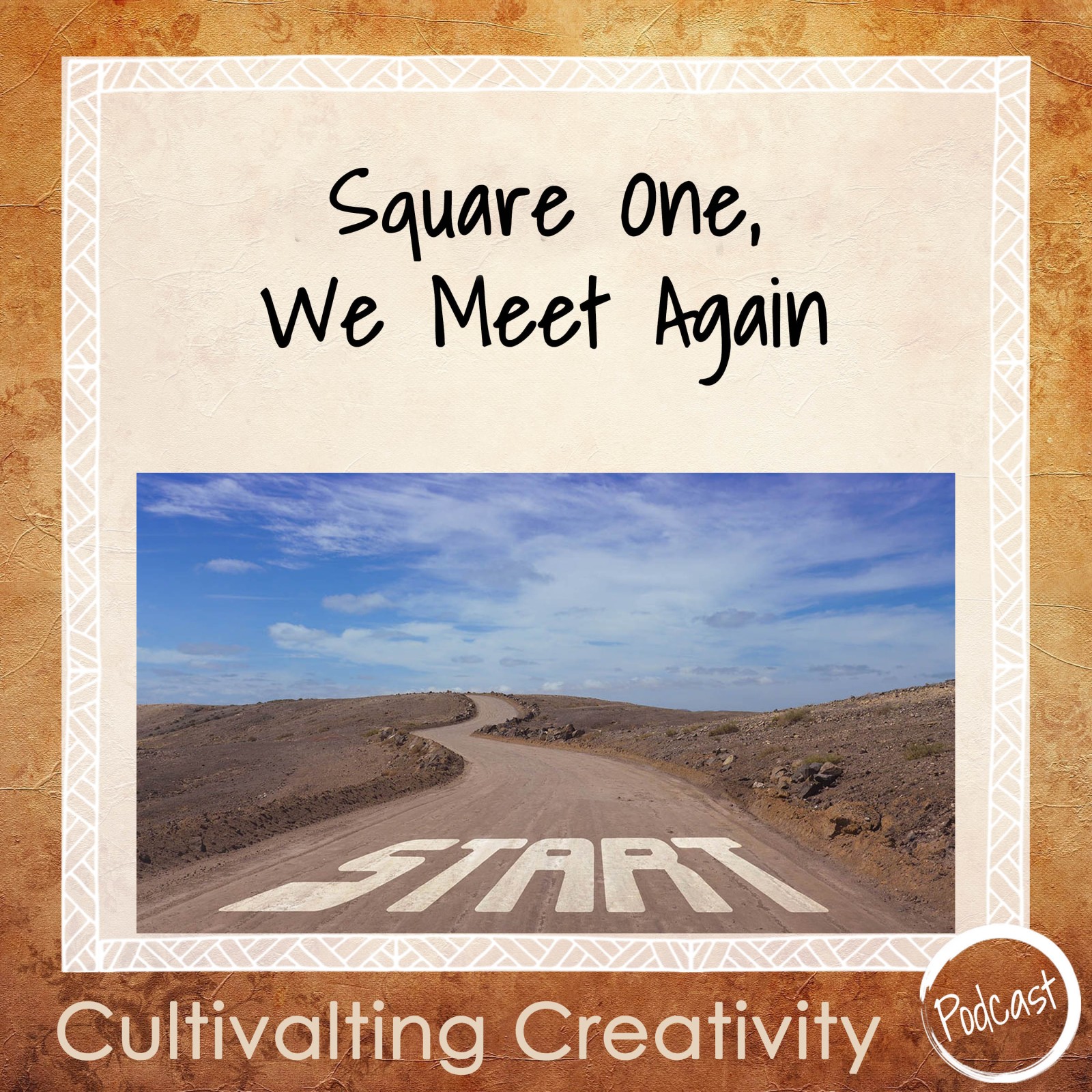




0 Comments